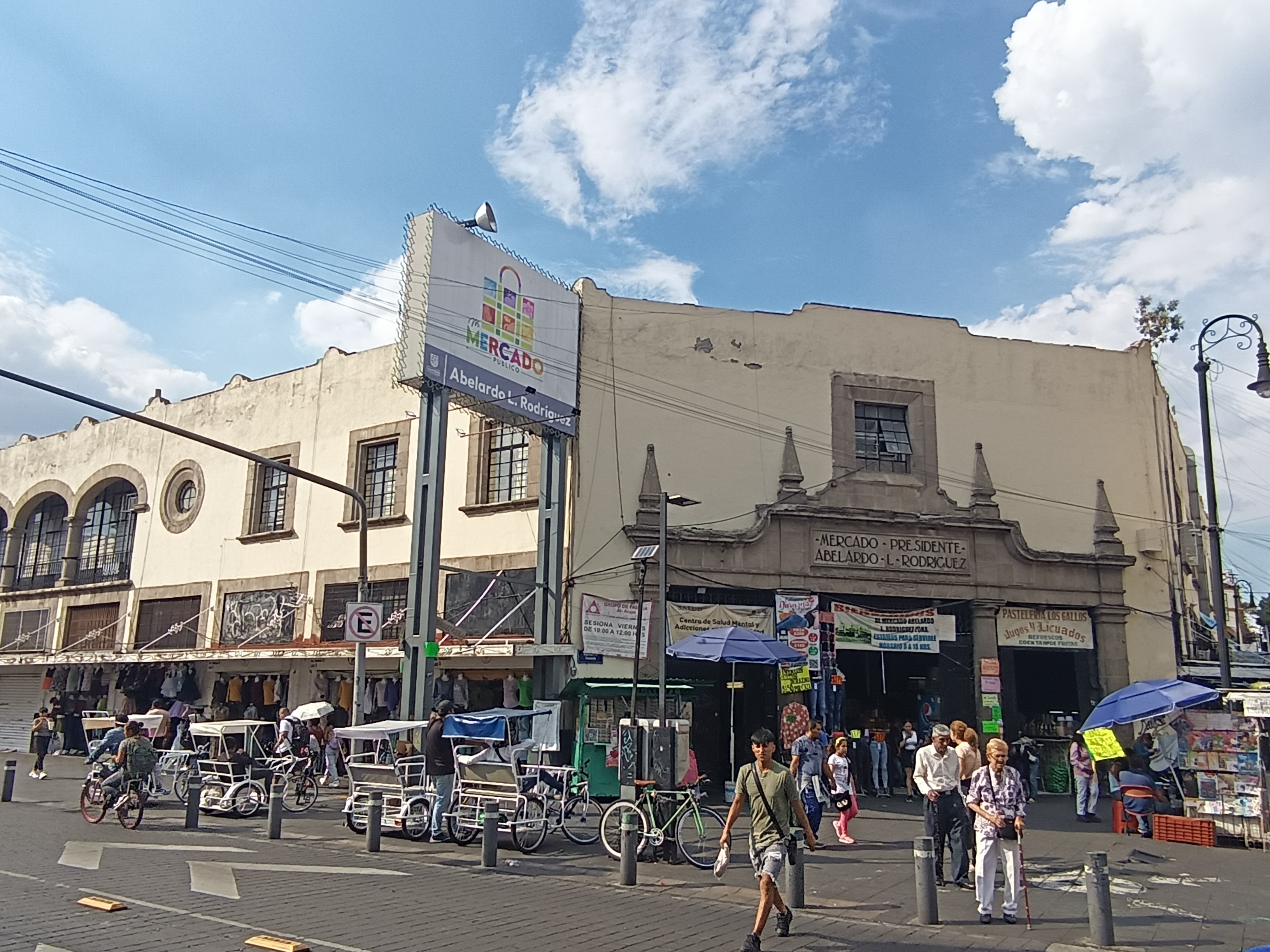
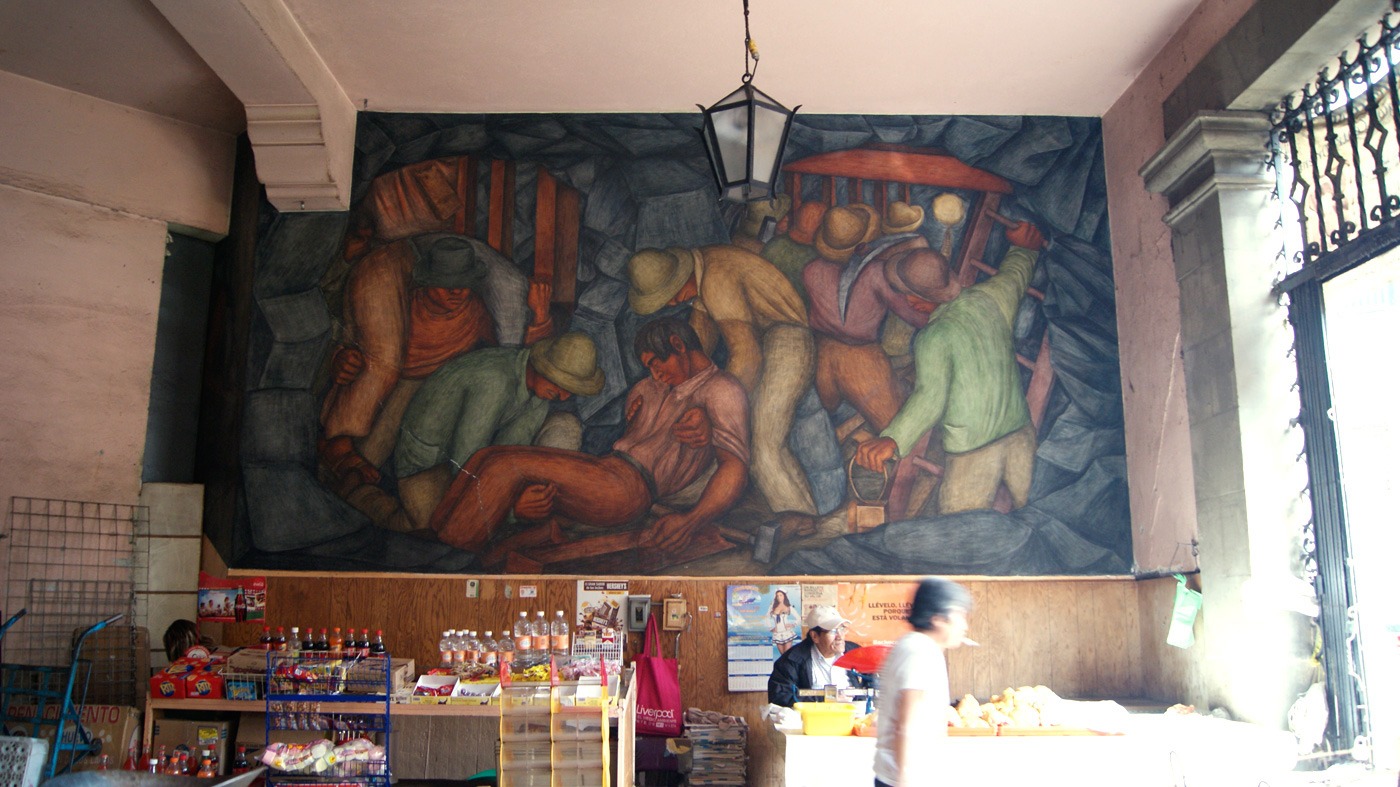
The Mercado Abelardo Rodríguez is one of the best known public markets in the city center. Built in 1934 as a prototype for markets all over the city, it’s a true landmark, and sadly one of the lesser visited sites in the center. Architect Antonio Muñoz used all kinds of styles: Baroque, Belle Epoque, Art Nouveau and Art Déco to present one of the most dignified and renowned places to shop or for lunch in the city.
At more than 450,000 square meters of walls and ceilings, you bet they’re covered in murals by the students of Diego Rivera. It’s one of the main reasons people visit today, although, clearly, lots of locals and surrounding restaurants do their shopping here too.
With the Revolution and the chaos that followed, in 1934 it was only the second major public market built in the early 20th century. The first was the Dos de Abril market in the Colonia Guerrero and that had been finished way back in 1912.
Like the Guerrero market though, the Mercado Abelardo Rodríguez was meant to provide a prototype for a new, more modern marketplace. This was obviously way before supermarkets. It was enormous and offered a whole slew of services in addition to fresh fruits and vegetables. This one, way ahead of its time, included a daycare center, youth center and library. The Teatro del Pueblo auditorium takes up the entire west side of the complex. It’s a cultural center today and well worth a visit also. On the upper floor you’ll find many of the other features were later copied into other public markets.
With entrances on República de Venezuela, República de Colombia, Del Carmen and Rodríguez Puebla streets, the market is accessible to the entire neighborhood. International visitors come mostly to gawp at the murals, and they’re right to do so. But check out the roof over the central patio area. You’ll find the prototype that was followed at the La Lagunilla, Tepito and La Merced markets too. Each of them is not just fascinating, but always well worth a visit, not just to gawp, but for an excellent lunch, too.
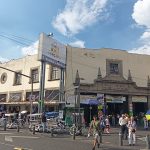 The market is today on property formerly part of the Colegio Máximo de San Pedro y San Pablo de la Compañía de Jesús. Architect A. Muñoz G made the necessary adaptations and it was opened in 1934. It has a theater, kindergarten, and health center. The construction goes from baroque to functionalism, but it is best known for its interior decoration.
A large number of murals are displayed in the market, thanks to the impetus of the muralist movement. Visitors can appreciate works of various painters, women and men, and of different nationalities, all students of Diego Rivera.
The market is today on property formerly part of the Colegio Máximo de San Pedro y San Pablo de la Compañía de Jesús. Architect A. Muñoz G made the necessary adaptations and it was opened in 1934. It has a theater, kindergarten, and health center. The construction goes from baroque to functionalism, but it is best known for its interior decoration.
A large number of murals are displayed in the market, thanks to the impetus of the muralist movement. Visitors can appreciate works of various painters, women and men, and of different nationalities, all students of Diego Rivera.
Heart of México Walking Route: Loreto-San Ildefonso Route
< < Justo Sierra Synagogue | San Pedro y San Pablo > >
Proyecto “Corredor de Cultura Digital”.
Nombre de la investigación: Investigación Centro Histórico, Monumentos, Edificios y Puntos de Interés (2023)
Dirección de investigación y diseño de Rutas: Acércate al Centro A.C. Guadalupe Gómez Collada
Coordinación e investigación histórica: Fideicomiso del Centro histórico Dir. Maestra Loredana Montes
 55 5702 4718
55 5702 4718
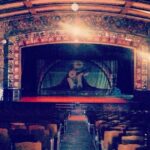
Nearest at 0.07 kms.
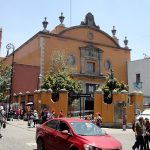
Nearest at 0.13 kms.
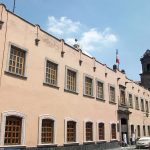
Nearest at 0.17 kms.

Mexico City's historic and first-recognized Jewish temple . . .

A modern graphic collection in an outstanding Baroque palace from the 18th century.
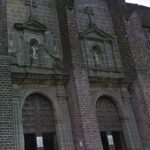
A striking Baroque work by Pedro de Arrieta stands the test of time.
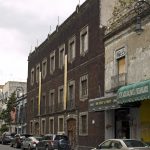
One of Mexico City's earliest temples is today a cultural center and museum.
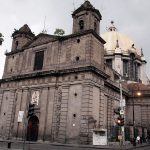
One of the most striking Neoclassical churches in the city center, the Church of Nuestra Señora de Loreto is also one of the most crooked.